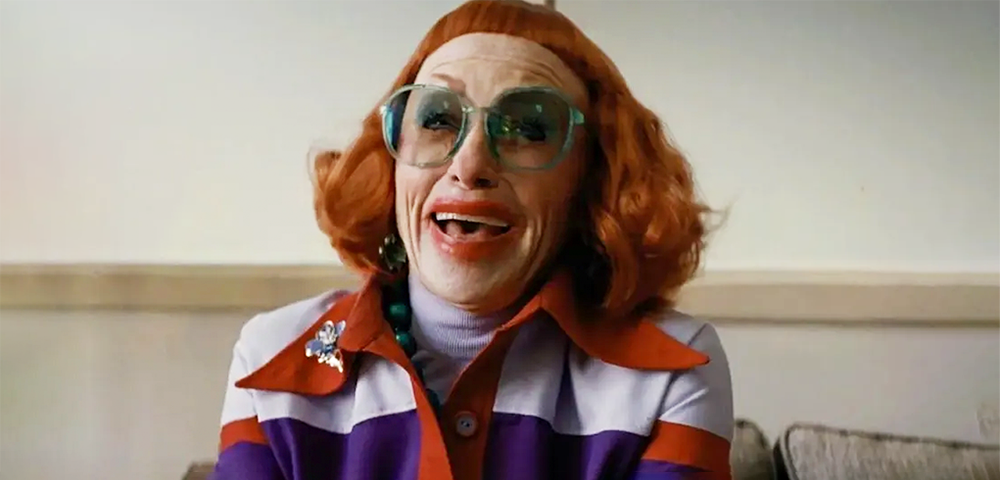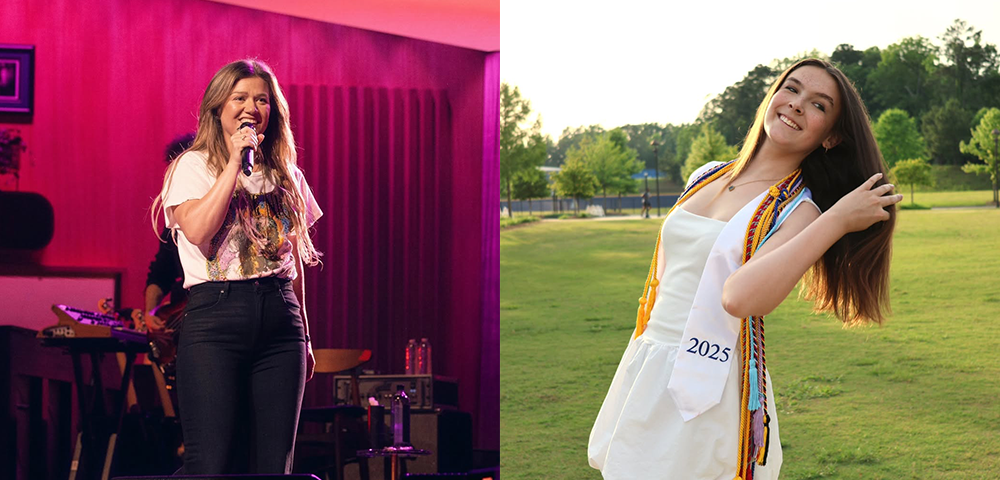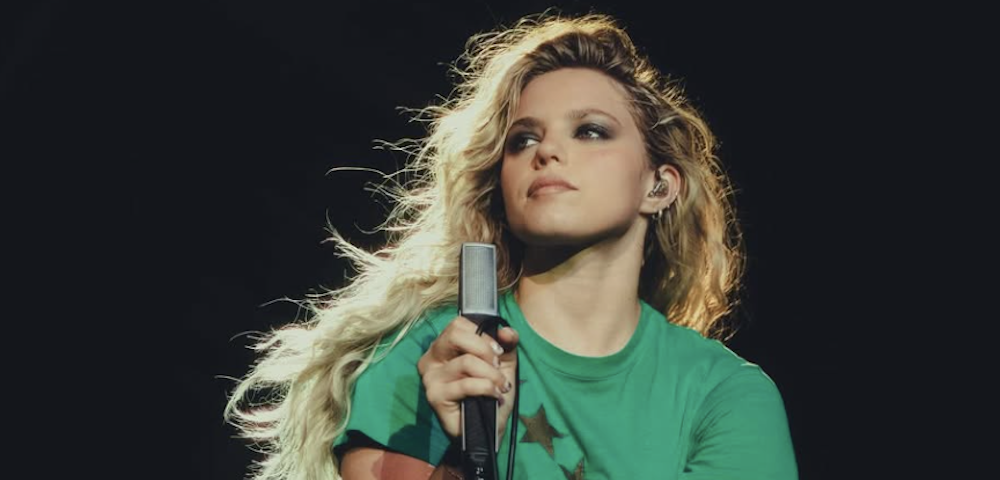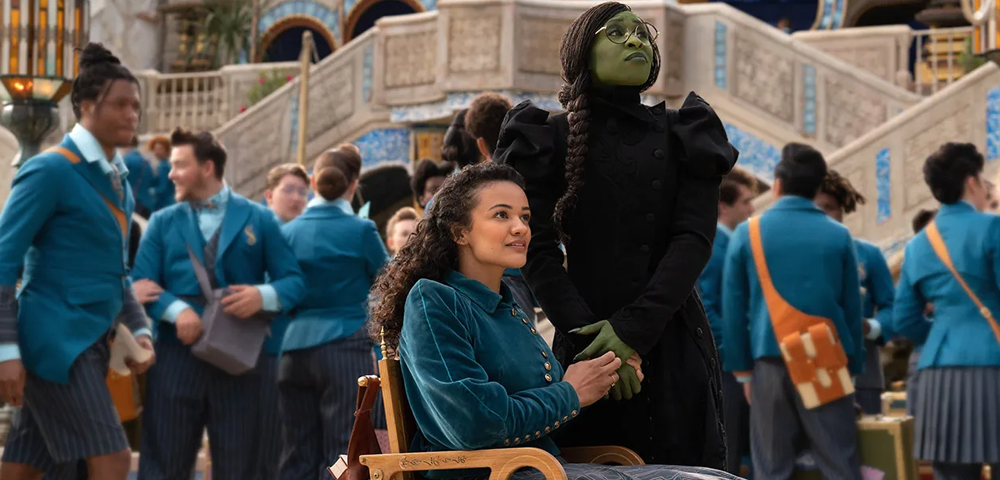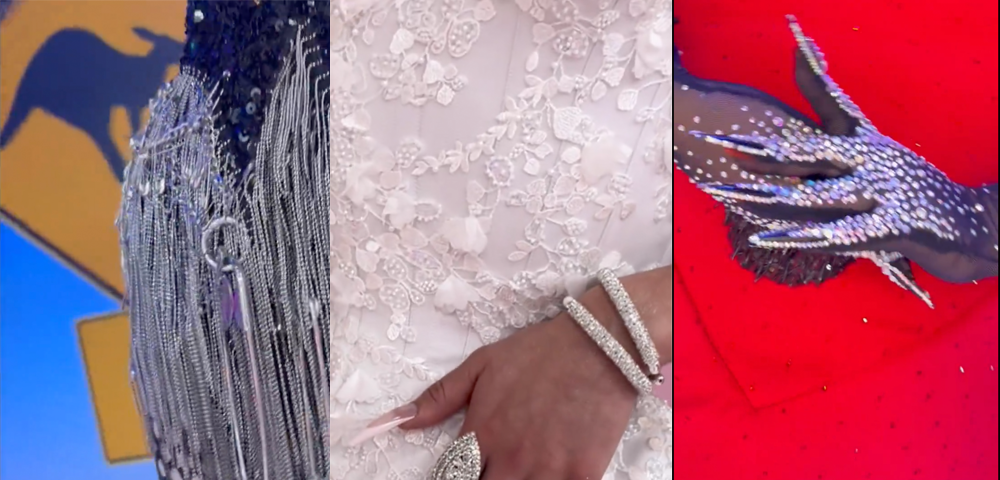
The Rise and Fall of the Drag Kings
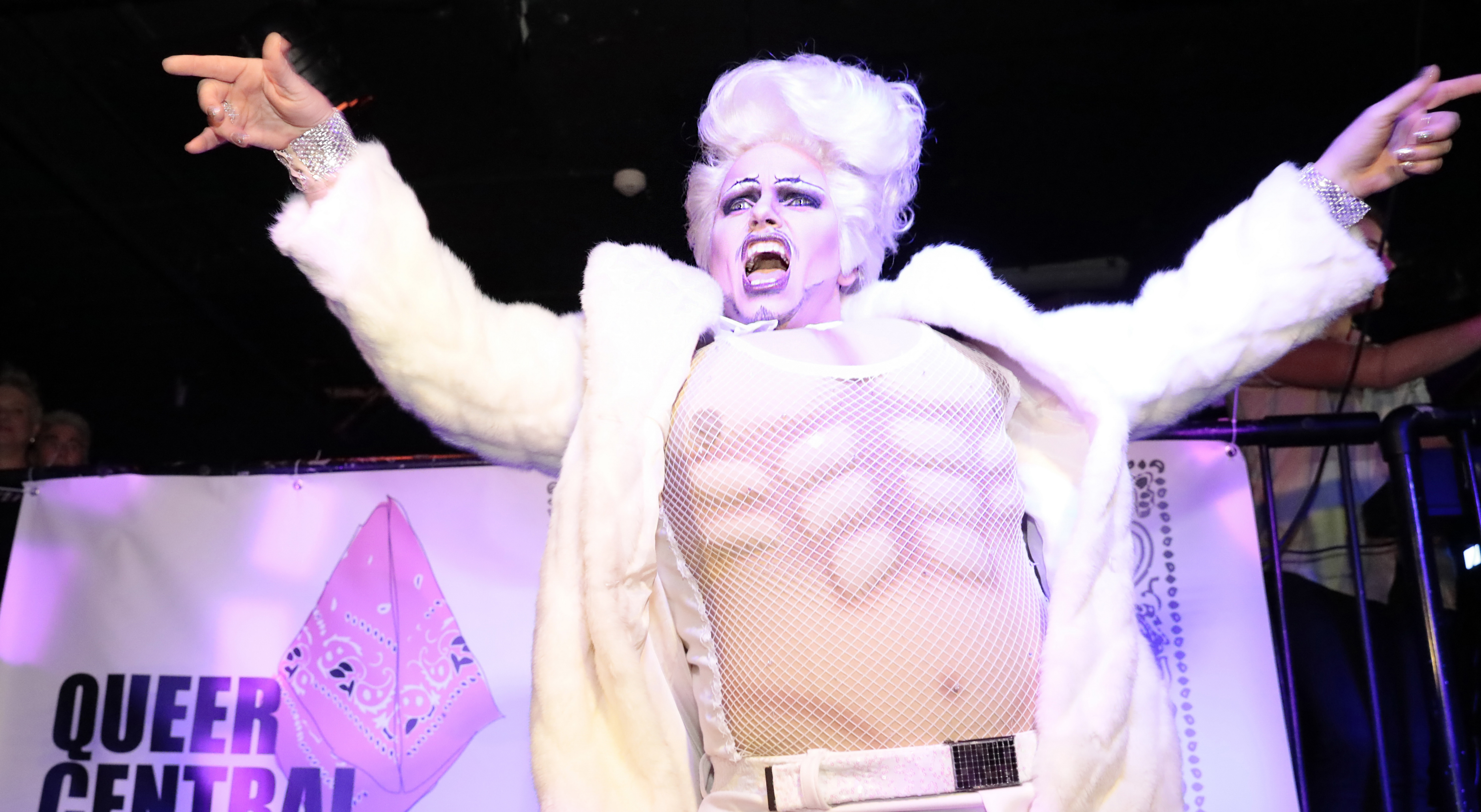
Kerryn Drysdale entered the The Sly Fox Hotel one humid night in late 2006, on the suggestion of her friend who was visiting from the UK. Whilst aware of drag in general, this night would become her first live experience of drag king performance and would fuel an intimate and long-lasting relationship with a unique scene in the Sydney queer landscape.
10pm on Wednesdays was an iconic time for those in the drag king scene between 2002 to 2012. Enmore Road saw its relatively quiet street turned into a pilgrimage of people ready to start their night in a space that not only focussed on platforming drag kings but became a stable community hub for lesbian, non-binary, trans and gender diverse individuals.
Having launched her book, Intimate Investments In Drag King Cultures – The Rise and Fall of a Lesbian Social Scene, the Star Observer sat down with Kerryn to talk more about her experiences, motivations and hopes for the book.
“I started off just being a spectator who was really invested in the drag culture and the reason I decided to turn it into my doctoral research was because there was no evidence that this existed,” Drysdale told the Star Observer.
“Every Wednesday night for ten years these events were held in Sydney where drag kings, queens, burlesque performers and other types of queer performers would take to the stage and there would be this amazing kind of feeling generated from that but there was no archival evidence of it.”
“This type of thing doesn’t exist in any institutionally endorsed archives and yet it’s right now on the prefaces on fading from view. It was the nature of that that led me to want me to document this fantastic performance culture and what was a really important social scene for lesbian and queer women.”
The term scene is used very purposefully within the book and Kerryn’s own vernacular. As a word that has a somewhat flexible meaning in day-to-day conversations, Kerryn elaborated on the academic sense of the word and its specific meaning for this topic.
“Definitions like community rely on a shared sense of commonality but there were people coming to this scene from all different perspectives,” Drysdale said.
“‘Tribe’ has a sense of membership to it that I think is at odds with what ‘scene’ allows. I like the conceptual work that ‘scene’ does because it allows you to hold everything in place for a moment, so you don’t have to define it from the outset.”
“What I loved about ‘scene’ was that you could just use it as a placeholder and say I’m going to bracket this as a scene. I don’t need to determine what’s in and what’s out. It allowed people to come to the scene with very different investments on what being together meant, what drag kings meant, what performances meant and yet together, collectively, all those divergent investments added up to something really meaningful and important for people.”
When conducting her research, Kerryn held numerous focus groups and interviews with people who self-identified as having belonged to the scene, whether as a performer or an audience member.
When asked about some of her most striking take-homes from these conversations, she said, “One of the things that I found really interesting was that there was no universally accepted opinion of what is a drag king.”
“I think that’s not surprising, because there was this scene that was only consolidated retrospectively. There were also people in the scene who had issues with drag king performances.”
“There were some issues around it glorifying particular kinds of masculinity or that it may be seen as disrespectful or offensive to trans and gender diverse, non-binary people. Yet people were still coming to these events and still holding these quite divergent views, which made me think there was much more of a draw than just the performances.”
“The point I guess is that is that there’s no real one single narrative or one single history that can be easily captured. It’s really just a product of a collective recollection of the stories we tell… You kind of need that contestation because it creates dialogue, it creates conversation. So, if you’re thinking about the power of stories and bringing a scene to life. It makes sense that these stories are not uniform, because otherwise you’ve got this very flat sense of a scene.”
Coming from someone who not only enjoyed the performance aspect of the scene but the strong sense of community that encompassed it, Kerryn said she has hopes for people who are forming their own unique scenes.
“I’d like to see this type of work continued,” Drysdale said, “Scenes have a sense of insignificance about them sometimes and unless you’re the person that’s in them and living in them.
“From an outsider’s perspective it’s difficult to see what they are and what they’re doing. It really needs people from within these cultures to be doing the type of archival work and tracking it.”
Specifically geared towards the producers and performers in this scene Kerryn continued, “I hope they recognise the importance of the work that they’re doing because creating spaces for people to socialise, especially in the oppressive world that we live in is so important.”
Throughout the interview it was clear that the book was not just an educational exploration of a particular scene but a revival of a unique and impactful era in Kerryn’s life.
A symbolic honouring for a time, place and community that meant so much for so many people yet, like most scenes, was destined to fade into collective memory.
Through her work Kerryn has managed to preserve this beautiful part of Sydney’s queer history in not only a physical and insititutionally recognised manner but a heartfelt one to for those who engaged with it in any shape or form.
Intimate Investments In Drag King Cultures – The Rise and Fall of a Lesbian Social Scene is available online or in person from the UNSW Bookshop.




